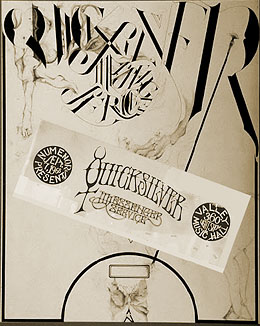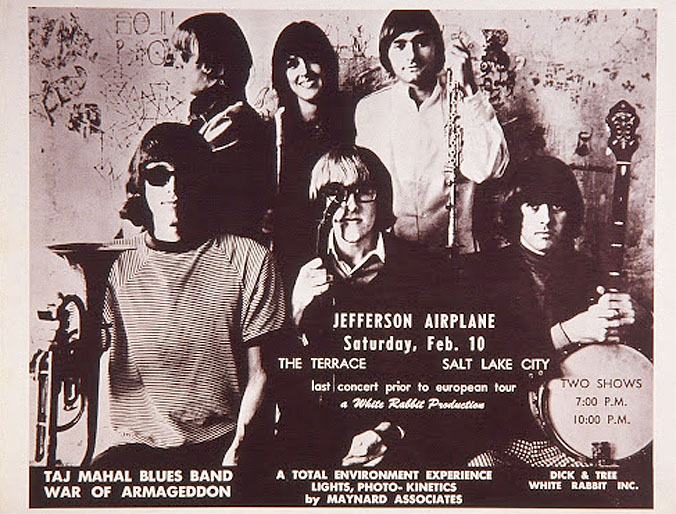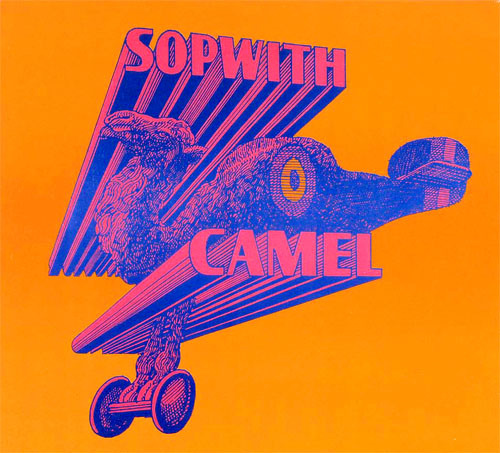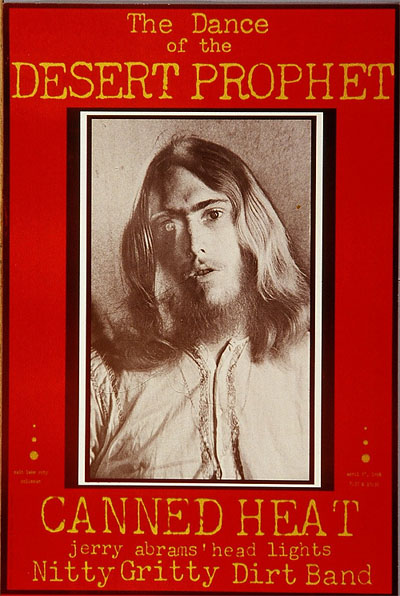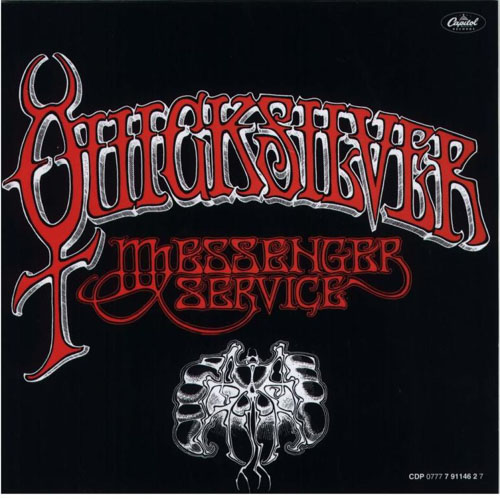| Rock Concerts |
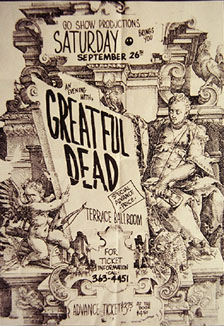 |
ROCK
CONCERTS punctuated events in the lightning-paced 60's. They were an open door to the rest of the world: An energetic social nexus where records, television, movies, music, and art gathered. Nothing less than Modern Society changed because so many young people shared growing up in the throngs surrounding Rock Music in their home towns. "Growing up" meant learning about the worlds of love, sex, and drugs, not to mention cars, work, and consequences. All the crazy legends about the 60's are true enough, but they are just part of the sprawling social landscape in which the actions of our lives took place. |
|
| The following section covers a fairly short span of time, but a whole lot of things happened to me as I finished High School, and started going to University. Existing changeovers in Popular Culture accelerated, and a series of violent events altered the history of the United States and the entire world: |
|
The Tet Offensive
of January 1968 embarrassed our armed forces in Viet Nam —
all those enemies counted as killed on the nightly news for the
last three years suddenly attacked in force, and even U.S. embassies
were scenes of front line combat.
Jefferson
Airplane had soared to the heights of popularity almost exactly
a year before with their single Somebody to Love and the
album Surrealistic Pillow. I was a Folk-Rock fan, and felt
their first album Jefferson Airplane Takes Off was the harbinger
of a very bright future to me. When I saw that my intuition was
correct, and had my chance to hear them in person, I seized it with
both hands. The Viet Nam war got worse and worse — Lyndon Johnson declined to run again, kindling a little hope in our hearts that Ho Chi Minh and he might start talking peace. Not only was that never to be, but one of the Anti-war Movement’s greatest allies was shot and killed on April 4, 1968 — Dr. Martin Luther King, who had done so much for making my country better, and meant so much as a world leader, was suddenly gone. There was no street violence in Salt Lake City, Utah, but nevertheless, we felt shock and sadness. These feelings
didn’t stop me from seeing the Byrds and Sopwith Camel on April
6th at the Terrace Ballroom again, though. Next to the Beatles,
Rolling Stones, and Bob Dylan, the Byrds had made the most influential
music of the 60's for my age group.
Just as the
Sopwith Camel were tuning up to play, the police announced that
they’d received a phone call — warning of a bomb on the
premises. The pianist led the crowd in a sing - along while the
police searched the corners of the ballroom, although nobody took
the threat seriously. (It’s sad how times have changed for
the worse.) Later that spring, I saw Robert F. Kennedy speak at the same place. Wouldn’t you know that someone called in a bomb threat again. As before, it was a false alarm, and we were thrilled by the words of a man who we KNEW would be our next president, promising to get us out of the literal bloody quagmire which was the Viet Nam war. Unfortunately, RFK died on the night of my High School graduation from an assassin’s bullet. I’d already enjoyed Canned Heat’s uptempo electric blues for a year — I bought their first album on sight after hearing my friend Michael G. Cavanaugh tracking through it during his midnight radio show. The Nitty Gritty Dirt Band had also impressed me with their eclectic first album, and exuberant appearances on TV.
(Above: Poster
by Mikel Covey and Nick Thayne) On April 27, 1968, I went to the
Fairgrounds Colosseum in my west side neighborhood for my first
“Psychedelic Concert.” The entire circular arena was surrounded
by screens hanging from the domed roof, and Jerry Abrams’ Headlights
turned out to be the stars of the evening, despite some very good
playing by every band that night. Smoke, a local blues band, did
a credible opening set -- they’d gig around the area for about
another half-decade. The Nitty Gritty Dirt Band were hard to classify,
but they were fun. Their musicianship was first-rate — they
continue to sing and play nowadays to the highest standards, with
fans in all genres of popular music. Best of all, most of the core
group members I saw back then still work with one another. That summer,
I worked at the copper smelter west of town, and bought lots of
records, but saw very few shows because I worked afternoon/evening
shifts. Outside of my own personal struggles with dirt and danger,
the police riot at the Democratic Convention in Chicago dealt a
serious blow to the Anti-war Movement, and George Wallace’s
racist and hateful presidential campaign opened fissures in the
civil structure of U.S. society which have yet to close. As college started in the fall, I went to two more concerts by San Francisco groups -- Quicksilver Messenger Service, September 7, 1968 on the revolving stage at Valley Music Hall just north of Salt Lake City. I frankly remember NOTHING about Leaves of Grass, the opening act, and was neither stoned nor drunk.
(Above: Quicksilver’s
first album — cover art by Rick Griffin.) I was TOTALLY impressed
with Quicksilver -- Singers Gary Duncan and David Feiberg were handsome
men with good strong voices. Most of their material were Folk standards
like Buffy St. Marie’s Codine, or Robert Johnson’s
Walking Blues. Greg Elmore was a show in himself with his
flowing blond hair, beard, and intensely concentrated playing across
a large span of drums, but when they unleashed the power of lead
guitarist John Cippolina, this band was something very special indeed. Jefferson Airplane
returned to promote their upcoming album Crown of Creation
at Lagoon, an amusement park even further north of Salt Lake. Summer
was over -- it rained on us while we were waiting to get in the
pavilion. If there was an opening group, I don’t remember them
at all. The Airplane played in a style which was much HEAVIER than
just a few months before, which alienated some “older”
members of the audience who came to hear White Rabbit, and
familiar romantic ballads from Takes Off and Pillow.
“Younger” guys like me enjoyed the deep, roaring bass
and drums, and especially dug hearing new tunes. They DID play White
Rabbit -- as the venue’s own rotating stage spun around
at the start of the show, for effect, and stopped with Grace Slick
singing dead-center at the front. She sang the whole darn song too.
There was a LOT more of Jorma Kaukonen’s vocals that evening,
which pleased me, and his sinuous guitar rang strongly at the center
of each new number, which pleased me even more. |
Photos and images from personal memorabila, Chariey Hafen, and Steve Jones -- published material used for educational purposes in the context of these essays, and covered by Fair Use provisions of International Law. All Rights Reserved © Michael R. Evans 2012 Email Me
